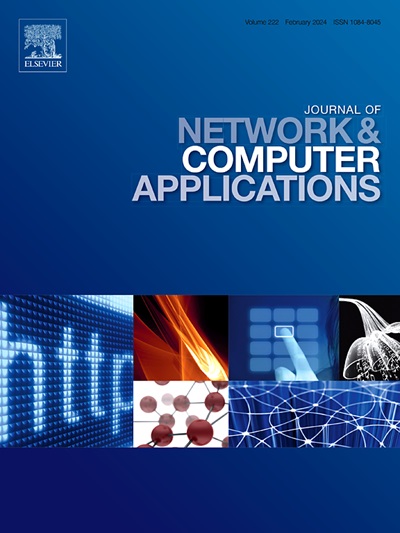DRaft: A double-layer structure for Raft consensus mechanism
IF 7.7
2区 计算机科学
Q1 COMPUTER SCIENCE, HARDWARE & ARCHITECTURE
引用次数: 0
Abstract
The Raft consensus algorithm is based on the design of the leader, which simplifies the replication of logs and node changes. Unfortunately, the heavy responsibility of system interaction, including receiving requests from clients, transmitting heartbeats and entries, falls solely on the leader. A design with a strong leader can lead to an imbalance in the workload of nodes, thereby causing limited scalability. Additionally, the replication of a sole entry imposes constraints on the throughput.
To alleviate these bottlenecks, we put forward a new solution, DRaft, which employs a double-layer architecture and multi-entry replication. To enable DRaft, we revamp the leader change mechanism by introducing Fi-leader and Se-leaders. Moreover, we incorporate a cache-buffer module into DRaft to enable concurrent entry replication. We present a theoretical framework composed of the CPF and CNF models to analyze the consensus success probability of DRaft. We expand DRaft to multi-layer Raft, and discover that the relationship between communication complexity and the number of nodes is proportional. Finally, we implement and evaluate DRaft, comparing its throughput and latency with those of BRaft and Engraft. We show that when 12K TPS is achieved, the latency of BRaft is twice that of DRaft.
草案:Raft共识机制的双层结构
Raft共识算法基于leader的设计,简化了日志和节点变化的复制。不幸的是,系统交互的沉重责任,包括接收来自客户机的请求、传输心跳和条目,完全落在了领导者身上。具有强大领导的设计可能导致节点工作负载的不平衡,从而导致有限的可伸缩性。此外,单条目的复制会对吞吐量施加约束。
本文章由计算机程序翻译,如有差异,请以英文原文为准。
求助全文
约1分钟内获得全文
求助全文
来源期刊

Journal of Network and Computer Applications
工程技术-计算机:跨学科应用
CiteScore
21.50
自引率
3.40%
发文量
142
审稿时长
37 days
期刊介绍:
The Journal of Network and Computer Applications welcomes research contributions, surveys, and notes in all areas relating to computer networks and applications thereof. Sample topics include new design techniques, interesting or novel applications, components or standards; computer networks with tools such as WWW; emerging standards for internet protocols; Wireless networks; Mobile Computing; emerging computing models such as cloud computing, grid computing; applications of networked systems for remote collaboration and telemedicine, etc. The journal is abstracted and indexed in Scopus, Engineering Index, Web of Science, Science Citation Index Expanded and INSPEC.
 求助内容:
求助内容: 应助结果提醒方式:
应助结果提醒方式:


